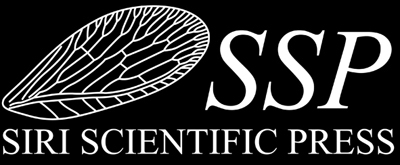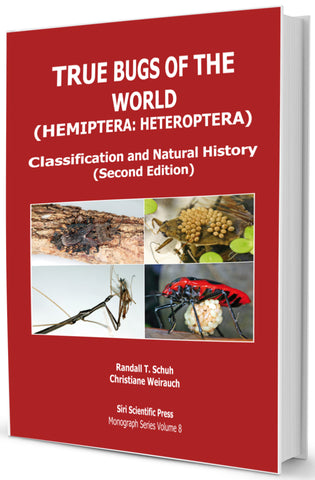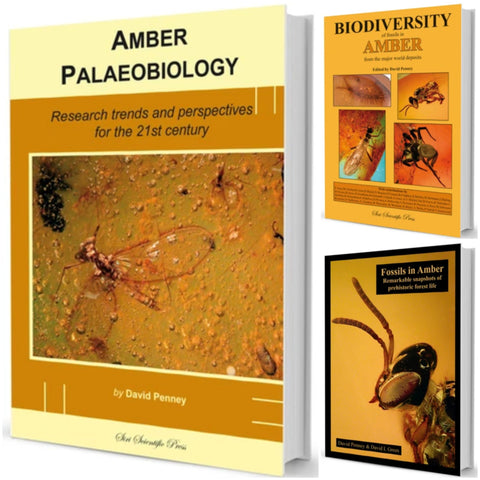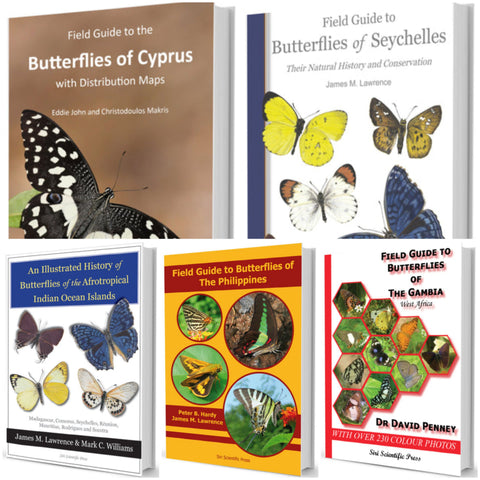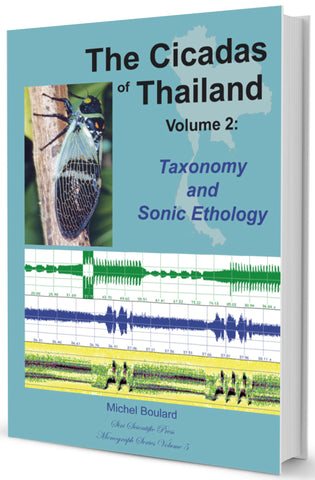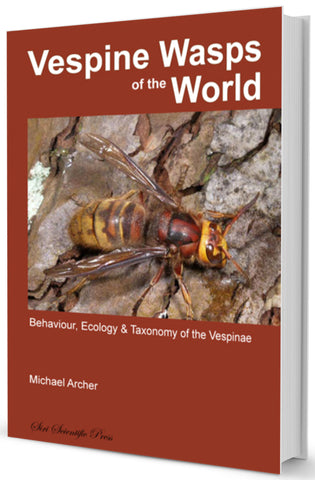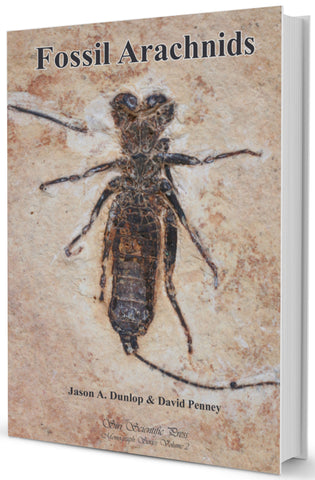
Fossil Arachnids
by Jason A. Dunlop and David Penney
Siri Scientific Press (2012) 978-0-9567795-4-0 (MONOGRAPH SERIES VOLUME 2) RRP £60.00
192 pp, 240 x 165 mm, hard cover, 144 colour photos/illustrations
IN STOCK - Ships Within 24 Hours
Reviews
ZooKeys (2012): “... absolutely unique within the arachnological literature to date. There is barely any overlap with previously published books, which usually only briefly touch on the fossil record. It will fill a long-standing void on the shelves of arachnological libraries, and will be of interest to palaeontologists and neontologists alike, both as a source of reference or merely to browse through the stunning images it contains.”
Priscum (2015, slightly modified as the original review related to two SSP volumes): The last detailed review of the arachnid fossil record appeared in 1955, in one of the earliest published volumes of the Treatise on Invertebrate Paleontology, written by Alexander Petrunkevitch. Since then, our knowledge of modern and fossil arachnids has increased exponentially. ... You might want to purchase it just for the beautiful color photos of the specimens, in particular those from amber. ... The best comparison to this excellent monograph is the magisterial volume by Grimaldi and Engel on the History of Insects. This likewise should be in the library of every student of fossil arthropods and modern arachnids and of anyone interested in the evolution of terrestrial biotas.
From the back cover
Fossil arachnids date back more than 400 million years to the Silurian period, making them one of the first animal groups to appear in terrestrial ecosystems. However, despite significant progress in the discovery and description of fossil arachnids in recent years there has been no basic overview of the arachnid fossil record published in a broadly accessible format. Previous studies were largely published in specialist academic journals or monograph series. There has never been a book dedicated to the fossils of this often maligned and neglected group of animals, suitable for students of biology or geology looking for basic palaeontological information; or for arachnologists interested in what their favourite animals were like millions of years ago. In this book we provide up-to-date background information on what the arachnids are, their relationships to one another, and how fossils may be relevant to these debates. For each individual order – spiders, scorpions, harvestmen, etc. – we have summarized their typical characteristics. This should help with the identification of newly discovered fossils from both amber and rock deposits. Related to this, we have provided generous high quality photographic illustrations which highlight the appearance and diversity of these animals, the different ways in which they can become fossilized, and their sometimes astonishing quality of preservation. Modern imaging techniques in particular are revealing specimens in new and exciting ways. We discuss the probable ecology of the extinct species based on the interpretation of their morphology and the behaviour of their living relatives. We also highlight important palaeontological studies, and offer an extensive repertoire of further reading. We hope this book will be of interest both to arachnologists and palaeontologists, and that it will serve as a reference work for biologists interested in the evolutionary history of spiders and their many relatives.
We Also Recommend
